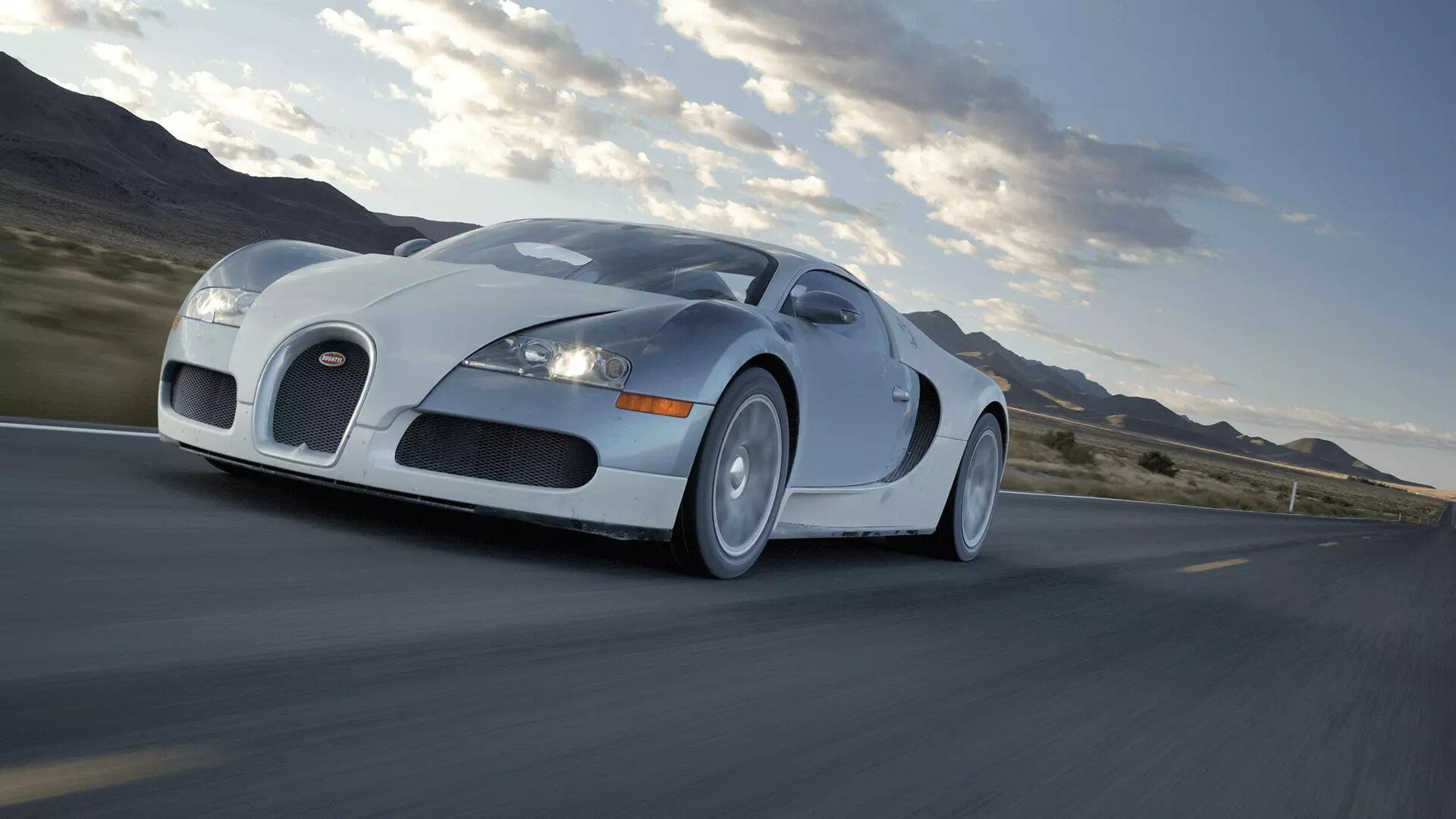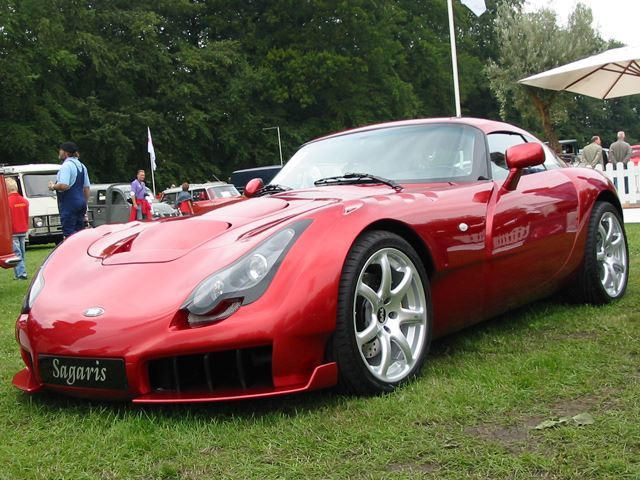
You've really got to love TVR. Unfortunately, as TVR found out, this did not mean that you had to buy one. TVR made wild, loud and outrageous-looking cars, and that's all great fun for a little while, but when it came to getting people to live with them, TVR's cars always struggled. It turns out that people who have the money for such a car and people who have nothing to live for, and are therefore willing to drive one regularly, are rarely the same people.
TVR was a company which had a fairly meteoric rise to prominence. It was started by Trevor Wilkinson in Blackpool, England, out of a mechanic's shop. Wilkinson had left high school at the age of 14 to apprentice as an engineer in a local garage, and by the age of 23, in 1946, he owned his own shop. He built his first car the following year, out of an old prewar Alvis Firebird, which he drove himself. But he soon felt inspired to build cars for customers, and TVR Engineering was born. TVR doesn't actually stand for anything, but is rather just the name Trevor with the first "r," the "e" and the "o" removed.
The first proper TVR car was built in 1949 and featured a tubular chassis, an alloy body and a Ford engine. But this was just a one-off, and the first production model wouldn't appear until 1953 in the form of the Mk1, which was renamed the Grantura in 1958. By this point, the cars were being sold in the US as well, and one dealer, Jack Griffith, decided to build a special version a few years later. The Shelby Cobra had recently become a racing success, and Griffith figured that the similarly lightweight Grantura would benefit from a big American V8. Griffith actually used the same 289 that was used in the Cobra, and thus was born the TVR Griffith, which was sold in both the US and the UK.
Griffith would eventually go out of business, and the model renamed the Tuscan. TVR would switch to big Rover-built V8 engines for their cars during the Eighties, but was making in-house V8s by the Nineties. TVR would also develop an in-house inline-six engine for their smaller models. In 1997, this contributed to what would have been the most outrageous TVR of all. The idea was to produce a GT1-spec race car as well as a road car based on the same vehicle changed as little as possible. To power this car, TVR built a V12 engine by essentially joining two of the inline-six engines together.
The resulting power plant displaced 7.7 liters and produced 675 hp in the racing version, thanks to the mandated restrictors. A prototype road version was built as well, without the restrictors. This was officially rated at 960 hp, but it was said that the car had in fact broken the 1,000-hp dyno tester at TVR and was therefore somewhere up above this number. Whatever it was, it was unbelievably powerful. After driving the prototype, TVR boss Peter Wheeler scrapped the project, saying the car was just too fast and powerful to be usable on the road. Thus died the Cerbera Speed Twelve. It might surprise you that anyone at TVR ever found anything unsafe.
It was Wheeler himself who made the company's anti-airbag and anti-ABS policies famous, essentially saying that a driver that feels too safe will take more risks behind the wheel. Wheeler once also said in an interview that TVR's cars were "relatively safe" while upside-down, and even joked that this had been tested by the customers. So one can only imagine what a car which this man deemed to be too overpowered must have been like. By the early 2000s, TVR had begun to struggle. Sports cars from more civilized manufacturers were getting more powerful, while still remaining much easier to control than a TVR.
The formula of putting the most power into the lightest car was not holding up will in an era of turbocharging and carbon fiber. Bigger companies were now able to offer similar thrills without killing off their customer base. The company was bought in 2004 by Nikolay Smolensky. The 24-year-old Russian was mocked by many in the press for his young age, but he was in fact the same age that Wilkinson had been when he started the company. Smolensky made a serious effort to save the company, but it turned out to be too little too late, and TVR shut its doors in 2012.

